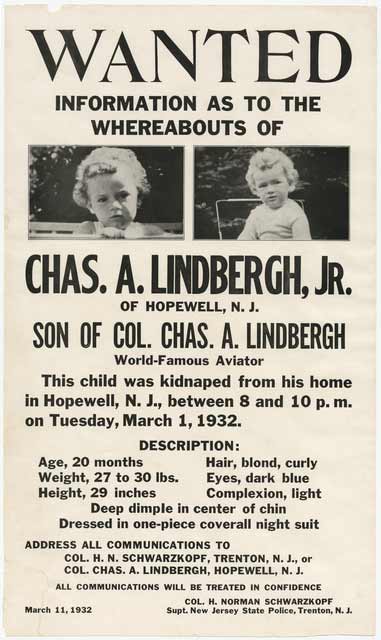Happy July everyone!
Starting today, the first week in July, and continuing
throughout August, we will be focusing on a different decade each week to commemorate
all that has happened throughout the last 100 years of the Baldpate’s history.
During this time, blog posts will focus on either keys or Baldpate history from
a particular decade. This first week starts with the 1920s, just a few years
after the Baldpate opened.
However, this first blog will go back slightly further, to
when the Baldpate first opened, and focus on a key that represents a major
world event at the time of our opening, WWI. As many of you know, WWI lasted
from 1914 to 1918 in which the Central Powers (Germany, Austria-Hungary, Bulgaria,
and the Ottoman Empire) fought against the Allied Powers (Great Britain,
France, Russia, Italy, Romania, Japan, and the U.S.)¹. Even though the United
States and Germany were on opposing sides, it did not stop trade between the two
super powers. Despite blockades attempting to stifle trade, the North German
Lloyd Line developed away around this by building the “Deutschland,” a cargo
submarine for which we are fortunate enough to have obtained the key.

The “Deutschland” was one of the first UA-class boats built,
later known as U-boats, but it was unarmed and intended only to carry cargo.
The submarine was used for high-value trans-Atlantic trade, which it
accomplished by diving to avoid British patrols. On its first trip in 1916, it
arrived in Baltimore carrying dyes, medicines, and gemstones. It made another
trip to the U.S., this time to New London, Connecticut, which turned out to be
its last. By 1917, relations between the U.S. and Germany had further deteriorated
forcing the “Deutchland” to be converted for war duty as an armed submarine.
After the war, it was brought to England as a war trophy before finally being
dismantled in 1921².
 |
The "Deutschland" in Baltimore Harbor, 1916.
 |
The "Deutschland" in New London, 1916. |
|
It is interesting how, despite war, countries continue to interact to make sure their economies flourish. Without keys like this one, this realization would be lost to history. Stop by our Key Room today and see if you can find a key that unlocks a piece of history. Also, be sure to check back here the rest of this week to learn more about the history surrounding decade when our inn first opened
Written by:
Brett Meyer
Museum Curator, Baldpate Inn
References:














































